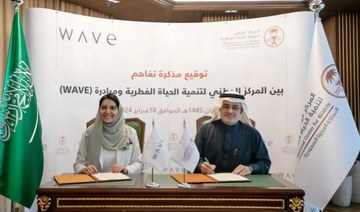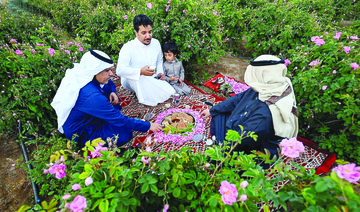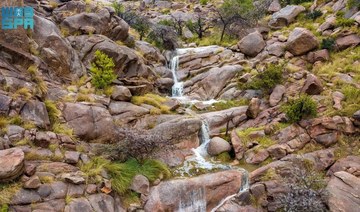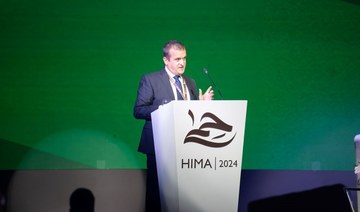White, sandy beaches and turquoise water surrounded by green hills covered with native bushes and trees, wrapped up with azure blue skies and mild temperatures. No, this is not a description of paradise, although one might wonder what heaven looks like if this place can be found on earth. It is the Abel Tasman National Park, one of the protected areas in New Zealand.
A country made up of two main islands and a large number of small islands located in the southwestern Pacific Ocean, New Zealand is known for its natural beauty and variety of landscapes that include fiords, Alpine scenery, and grassland. Not surprisingly, New Zealand is often called “The Paradise of the Pacific”. It is the ideal place to mentally unwind, especially if you are looking for an active vacation. The country’s 14 national parks offer plenty of outdoor activities that include trekking, mountain biking, and kayaking in an unspoiled environment.
At 22,530 hectares, Abel Tasman is the smallest of all national parks, which together cover more than 30,000 square kilometers, but it is nevertheless also the most visited. Its location on the northern shore of New Zealand’s South Island protects it from the heavy winds and rain that often strike other parts of the country. The area’s mild and sunny climate makes it a popular destination throughout the year for both overseas tourists and Kiwis, as the inhabitants of New Zealand call themselves.
There are several options to explore Abel Tasman. Cars are not allowed inside, but there are four car park entrances from which visitors can walk into the park. Another way to enter the park is by taking a water taxi or waterbus and get dropped off at the beach of your choice. While some people enjoy Abel Tasman on a one-day trip, most choose to stay several days in the park and hike one of the two main tracks, the Abel Tasman Coast Track or the Inland Track. The former is the easiest and most popular of the two tracks and passes incredible beaches, whereas the inland track crosses rough and hilly land and is ideal for spotting wildlife. Both tracks take three to five days to complete. Overnight visitors usually sleep in huts or campsites provided by the Department of Conservation, the government body that administers all national parks in New Zealand. The huts have basic amenities like running water and a fireplace, but no electricity. Guests sleep in bunk beds and need to bring their own sleeping bags, food, and stove for cooking.
Apart from hiking — or “tramping”, as the Kiwis call it — sea kayaking has become a popular activity in the Abel Tasman National Park. Tourists often combine this with walking, by kayaking to a hut, spending the night there, and walking back, or vice versa.
The Abel Tasman Coast Track is one of the nine Great Walks, a series of popular tramping tracks crossing stunning landscapes. The Milford Track in Fiordland National Park, the country’s largest national park in the southwest corner of the Southern Island, is another favorite among overseas tourists. British poet Blanche Baughan baptized it some 100 years ago as “the finest walk in the world”. The track covers marvelous fiords, New Zealand’s tallest waterfall, pristine lakes, and snowcapped mountains. The huts on this track, however, fill up quickly, so booking in advance is a must.
Visitors who prefer to do one-day hikes have plenty of walks to choose from. Besides the numerous options in Abel Tasman National Park, a favorite walk — perhaps the world’s best single-day wilderness walk — is the Tongariro Alpine Crossing. With often over 200 hikers a day during the peak season from December to March, this walk traverses Tongariro National Park in the middle of the Northern Island. Established in 1887, Tongariro was the first national park in New Zealand and the fourth in the world. The park encompasses three active volcanic mountains, lakes in various shades of blue and green, scenic views, desert-like plateaus, and hot springs. It is one of the few places in the world recognized by UNESCO as a dual World Heritage area because of the region’s cultural significance to the Maoris, the aboriginal people of New Zealand.
The Tongariro Alpine Crossing is a 19.4-km walk over volcanic terrain, making it a challenging and lengthy day walk. Given that it is an alpine walk on open and high altitude terrain, hikers can be exposed to severe weather conditions like snow, rain, and heavy winds, and need to be well prepared before setting off. The track’s unique features, however, make the hike well worth it. It passes the active volcanic mountains Ngauruhoe and Tongariro as well as the latter’s big Red Crater. The color of this crater is a result of the high temperature oxidation of iron in the rock. Immensely enchanting are the three Emerald Lakes and the Blue Lake the walk passes. The former owe their name to their bright green color caused by minerals leaching from the adjacent thermal area. Blue Lake, as the name suggests, has a deep blue color. Its Maori name, Te Wai-whakaata-o-te-Rangihiroa, translates as Rangihiroa’s Mirror. On still days, it is easy to see why the Maori gave it this name. The Tongariro Alpine Crossing ends its long descent in native, lush forest, a refreshing change after a long walk in open volcanic terrain that hardly sees any vegetation.
The walks mentioned here are just a few examples of the numerous “tramps” through national parks and other protected areas in these islands of splendid beauty. The Department of Conservation is in charge of taking care of the parks, and most tracks are clearly marked. However, to prevent accidents and other hazards, people should prepare their hikes carefully. It is extremely important to wear warm and waterproof clothes, as the weather can change rapidly. In winter, temperatures can be well below zero and snow is common in most national parks, but even in summer temperatures may drop promptly at night or during the day. Many alpine areas are covered with snow in all seasons. Footwear should be sturdy to prevent injuries. Also, bring plenty of energy-rich food such as nuts, muesli bars and dried fruits, as well as water, since there are no shops in the national parks. Taking all proper arrangements will ensure you to have a memorable experience in New Zealand’s cherished wilderness.
For more information and to prepare for your trip, visit the website of New Zealand’s Department of Conservation: http://www.doc.govt.nz/parks-and-recreation/
New Zealand: Hiking paradise
New Zealand: Hiking paradise
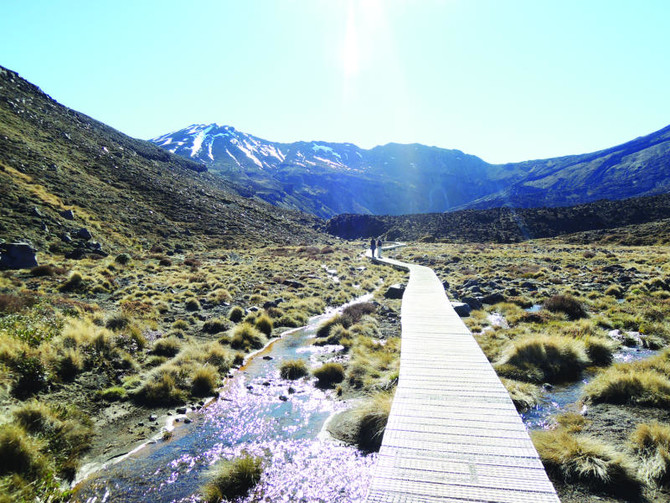
Riyadh conference to explore museum innovation
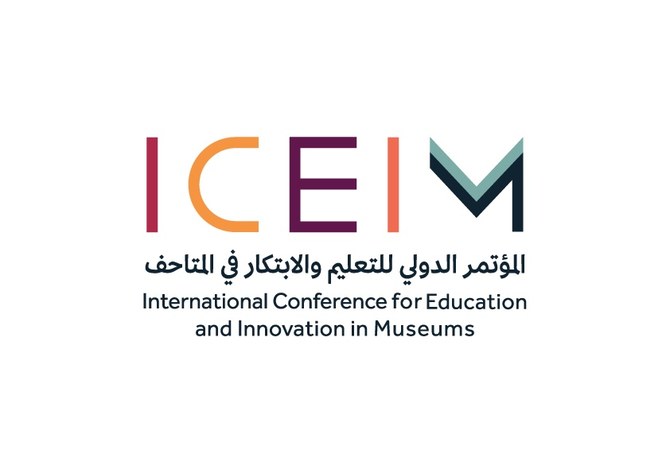
- The winning team will earn a week-long educational trip to London, which will include expert-led museum tours and lectures
RIYADH: Saudi Arabia’s Museums Commission is to host the International Conference on Education and Innovation in Museums, in Riyadh, from June 1 to 3, to help boost the sector in the Kingdom and beyond.
Leading museum professionals and educators will convene for knowledge exchange and collaboration, exploring best practices in museum education; the role of museums in fostering creativity and learning; and opportunities for international collaboration.
The three-day event will feature expert-led sessions, including panel discussions, workshops, and research paper presentations, addressing current museum issues and topics such as collaboration between museums and universities; beyond the textbook for active learning; beyond the museum walls for public engagement; and design thinking and innovation in museum management.
Additionally, the conference will host a competition in which participating teams will develop innovative solutions to enhance visitor engagement and museum experiences.
The winning team will earn a week-long educational trip to London, which will include expert-led museum tours and lectures.
Registration for the competition closes on May 25.
Wildlife center to explore caves in Saudi Arabia’s north

- The program to explore biodiversity in caves was launched “due to its environmental significance and positive impact on wildlife”
RIYADH: Teams from Saudi Arabia’s National Center for Wildlife will begin examining various caves in the Northern Borders region as part of the Caves Exploration Program, which began in 2022.
It comes as part of a larger program that monitors ecosystems and biodiversity throughout the Kingdom.
These sites will be added to an international map of biodiversity and natural heritage hotspots as historical ecosystems and natural biological museums.

Dr. Mohammed Ali Qurban, CEO of the center, explained that the discoveries in the caves hold significant historical environmental value for Saudi Arabia.
“The cave ecosystems serve as a historical museum, providing evidence of the biological diversity that has existed in the Kingdom throughout various historical eras, as well as the spatial, environmental, and climatic changes in the Arabian Peninsula,” he explained.
The cave ecosystems serve as a historical museum, providing evidence of the biological diversity that has existed in the Kingdom throughout various historical eras.
Dr. Mohammed Ali Qurban, National Center for Wildlife CEO
Qurban added that these unique ecosystems provide a suitable environment for a wide range of organisms, as evidenced by the discovery of numerous skeletons of different types of mammals.
The program to explore biodiversity in caves was launched “due to its environmental significance and positive impact on wildlife.”

The center is currently completing studies on the targeted cave sites and documenting their importance within an integrated program.
According to Qurban, the center’s earlier discovery of several Arabian cheetah mummies in a cave in the northern part of the Kingdom — with some skeletons estimated to be over 4,000 years old — provided the first evidence of the species’ presence in the Kingdom.
Consequently, the center plans to develop a program for the resettlement of the Arabian cheetah in the Kingdom, enabling it to play a crucial role in maintaining environmental balance.
Qurban noted that, among other significant discoveries, researchers from the center discovered rare bats and the remains of several extinct animals.
The center is currently working on classifying these finds and determining their ages. This effort will facilitate the resettlement of these extinct species or their closest genetic relatives, thereby restoring their role.
The cave ecosystem is one of the rarest and most important of its kind in the world, recognized as natural heritage by UNESCO.
There are 1,826 caves in the Kingdom, consisting of underground passages and tunnels formed by natural processes in dry limestone areas — evidence of a historical era that experienced prolonged rainy climatic conditions.
Baha’s quaint guesthouses offer a warm welcome

- Sharifa Al-Ghamdi, owner of Al-Ayed Heritage Guesthouse, revealed that she has worked hard over the years to acquire as many historic houses as possible to be able to give tourists an authentic taste of what life was like in the past
RIYADH: Al-Baha is a region of the Kingdom blessed with a rich legacy of ancient architecture, with heritage lodges playing a big role in luring tourism to the city.
According to the Saudi Press Agency, heritage lodges or guesthouses in the region play an important role in attracting more investment. They provide local and international visitors with a look into the past, a taste of a simpler time that many people long for.

The guesthouses are a reflection of the region’s heritage. Al-Baha’s residential buildings, castles and fortresses were designed to suit not just environmental variables such as topography and climate, but also social circumstances such as local customs and ancient traditions.
FASTFACTS
• Heritage lodges or guesthouses in the Baha region play an important role in attracting more investment.
• One of the most enticing elements of these heritage guesthouses is their deep connection with nature.
One of the most enticing elements of these heritage guesthouses is their deep connection with nature.

They are constructed using stones and trees from the region, typically granite and basalt boulders adorned with quartz, and roofed with mud-coated juniper trees.
Sharifa Al-Ghamdi, owner of Al-Ayed Heritage Guesthouse, revealed that she has worked hard over the years to acquire as many historic houses as possible to be able to give tourists an authentic taste of what life was like in the past.

She said that, with the assistance of her family, she was able to realize her lifelong dream and passion and invest her post-retirement time in establishing heritage tourist guesthouses.
She has transformed the old houses in her village from dilapidated structures into a tourist and environmental attraction for people in search of tranquility and relaxation.
All is rosy in Taif as fans flock to flower festival
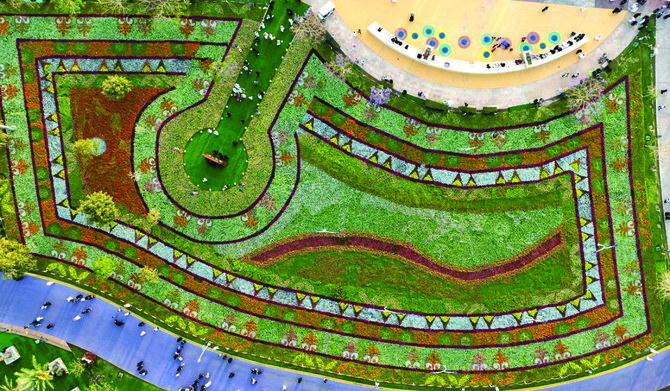
- Taif’s annual show features a floral carpet of over million flowers
- Farmers, vendors optimistic about increase in sales at the event
JEDDAH: Visitors are flocking to the 19th Taif Rose Festival at Al-Raddaf Park where the flowers are in full bloom, highlighting the region’s rich floral heritage.
The festival, themed “Qetaf” meaning “picking time,” coincides with the harvest season and will run until May 12. The organizers include the Taif Rose Cooperative Society and Taif Municipality.

There has been an impressive turnout of Taif residents and domestic and international tourists. The exhibitors — mostly farmers and vendors — are optimistic that increased revenues will help boost rose cultivation and production.
Abdullah Altwairqi, a local farmer and festival participant, said: “Participating in the Taif Rose Festival has become a tradition for me. The atmosphere improves each year, and the revenue and exposure we receive from visitors make it worthwhile.”
HIGHLIGHTS
• Exhibitors at the Taif Rose Festival are optimistic that increased revenues will help boost rose cultivation and production.
• The flower carpet set up by the municipality in the center of the park was designed with decorative patterns inspired by the province’s heritage.
• It covers 5,206 square meters and was crafted using over a million flower and rose seedlings, making it the largest in the history of the festival.
At his booth, Altwairqi showcased various flowers and fruit, including Taif roses, peaches, prickly pears, figs, mulberries, grapes, blackberries, pomegranates, as well as aromatic plants.

Altwairqi urged people to visit the Rose Flavor cafe where they can savor hot and cold beverages infused with the flavor of Taif roses and other aromatic flowers including lavender, which is also abundant in the region.
The flower carpet set up by the municipality in the center of the park left visitors awestruck. Covering 5,206 square meters, it was crafted using over a million flower and rose seedlings, making it the largest in the history of the festival.

Faiz Al-Thibaiti, director-general of media and corporate communication at Taif Municipality, told Arab News: “The flower carpet was designed with decorative patterns inspired by the province’s heritage.”
He said the carpet has ensured the event has become “one of the most important tourism festivals in the Kingdom, attracting thousands of visitors and tourists from various regions of the country.”
NUMBER
70k
The rose-picking season in Taif starts around the end of March or early April, lasting between 35 to 45 days, with an average of 70,000 roses picked daily.
The decorations adorning the flower carpet draw inspiration from the intricate designs found on the walls and facades of Taif’s ancient structures, including Al-Kaki Palace in Al-Salama and King Saud Palace.

Al-Thibaiti added: “Preparations for the festival started early, with the Taif Rose Cooperative Society detailing participation criteria to highlight Taif roses, including their cultivation, harvesting, and distillation into fine perfumes. This adds to Taif’s unique tourist appeal. The festival provides a platform for producers, experts, and entrepreneurs to connect, collaborate, and boost this important sector.”
Among the highlights are the rose and flower path, product stalls, goods market, government booths, and the agricultural nursery.
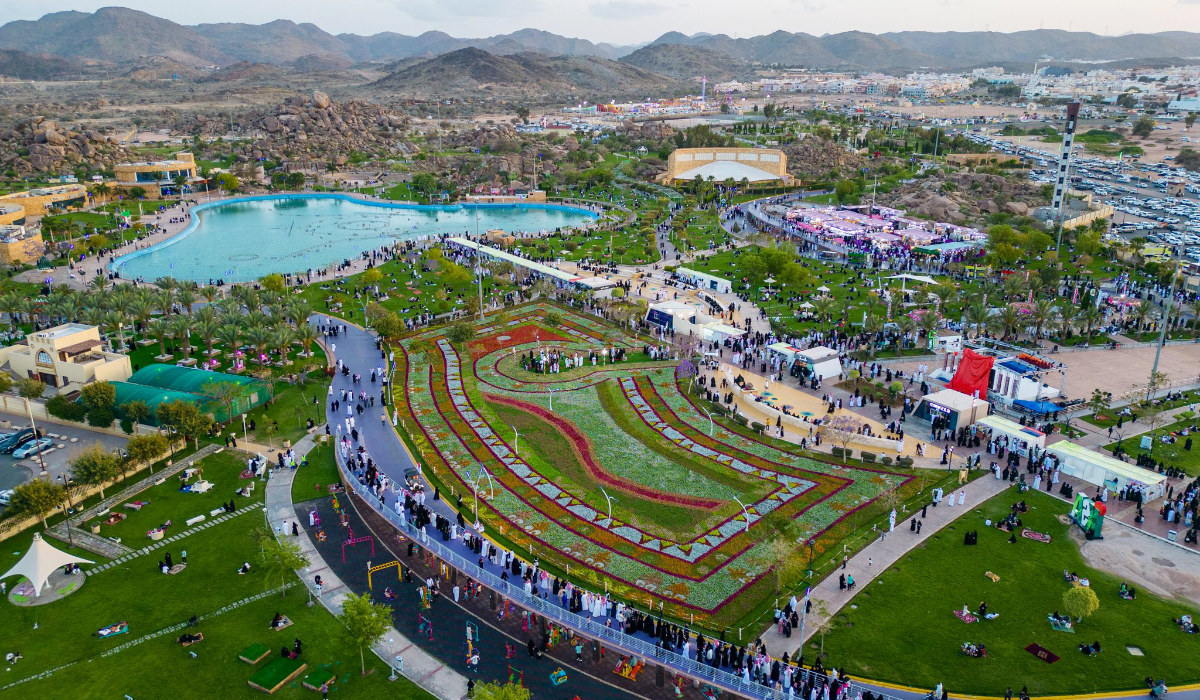
Interactive fountain shows accompanied by national tunes were also among the attractions, with a crossing to the upper pedestrian bridge from where visitors can view the massive flower carpet.
Artwork, flower arrangements, and hanging floral baskets scattered throughout the park added to the flair of the event.

Al-Thibaiti said: “The significant turnout at the current festival comes amid increasing rose production year after year, indicating the success of this agricultural sector in achieving high revenues while continuing to promote the Taif rose product.”
Taifrosethon
The five-day Taifrosethon began on May 7, which is being held to encourage entrepreneurship in the region with technological solutions to enrich the industry.
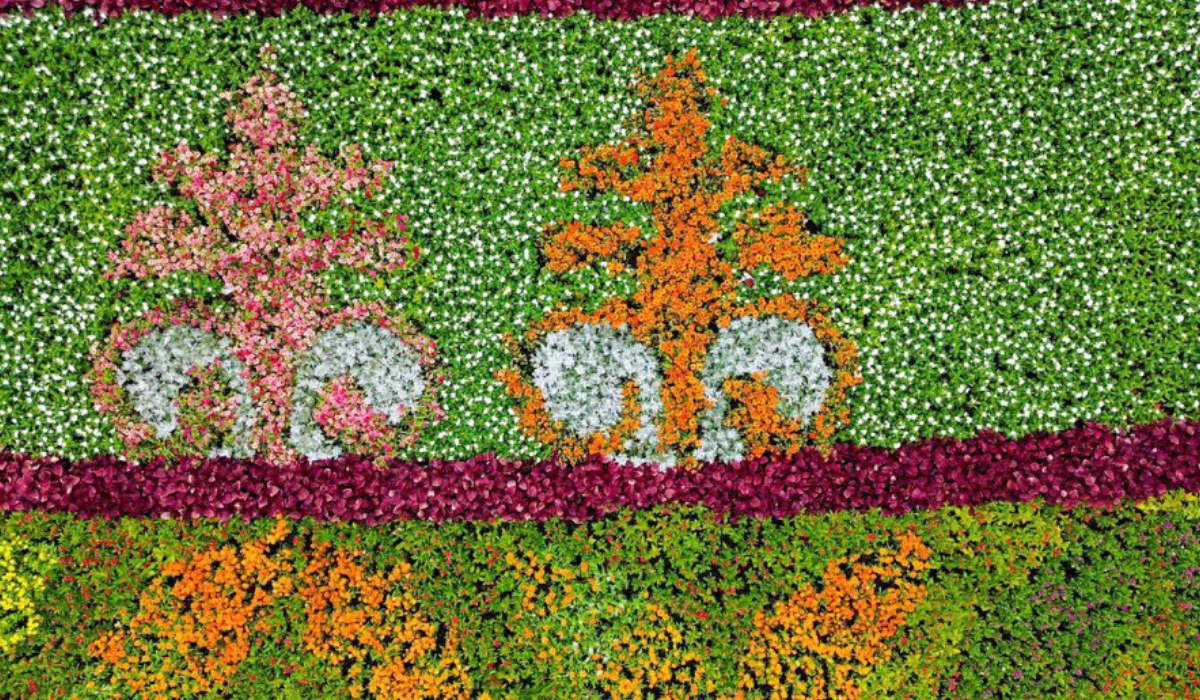
The event includes various skills training and technical workshops covering trade, cultural heritage, and tourism.
The top-three winners will receive $2,666, $1,866 and $1,333 respectively. Participants are required to enter as teams, each with three to five members.
Taif’s roses
The Taif province produces more than 200 million roses each season. According to the local chamber of industry, each tree produces an average of 250 roses daily throughout the harvest season, which lasts for about 45 days.
The rose-picking season starts around the end of March or early April, lasting between 35 to 45 days, with an average of 70,000 roses picked daily.
Taif roses feature an exquisite, sweet fragrance and vibrant pink hues on delicate petals, and are a hallmark of the region’s natural beauty.
Cultivated in the high-altitude climate of Taif, these roses thrive in the cool temperatures and fertile soil of the region.
They are meticulously harvested by hand to preserve their quality, with the petals carefully collected for various purposes.
AlUla Academy aims to be hub for tourism vocational training in Saudi Arabia and beyond
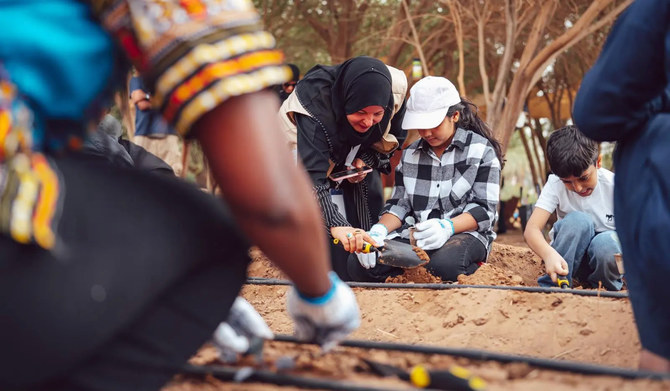
- Hotel.School chosen as global partner for hospitality training and the academy will welcome its first group of students in early July
ALULA: The Royal Commission for AlUla on Tuesday officially launched AlUla Academy, described as a pioneering initiative that aims to be a beacon across the region for excellence in vocational training in the tourism sector.
It will serve as a global hub, officials said, for workers directly involved in crafting memorable experiences for diverse groups of visitors to AlUla from around the globe.
Hotel.School has been chosen as the academy’s global partner for hospitality training, and the collaboration will begin with an inaugural digital training program for the first group of students in early July. Subsequent programs will be available through the academy’s website.

Authorities in the Kingdom are carefully developing historic AlUla, an ancient oasis in the northwest of the Arabian Peninsula, as a global tourist destination distinguished by its 7,000-year-plus history, spanning several civilizations.
It encompasses four primary heritage sites and a wide selection of visitor experiences which, the Royal Commission said, offer tourists the chance to immerse themselves in the region’s rich heritage and culture, take advantage of its wellness offerings, bask in the beauty of nature, indulge in the arts, and embark on and voyage of discovery.

The establishment of the academy therefore stands as a pioneering endeavor within the field of tourism, it added, and a cornerstone of efforts to achieve the goals of the Kingdom’s Vision 2030 development and diversification plan, one of the aims of which is to create 1.3 million jobs for Saudi citizens.
Philip Jones, the Royal Commission for AlUla’s chief tourism officer, said: “Learning centers such as AlUla Academy play a pivotal role in creating job opportunities while upholding excellence in visitor experiences to international standards, all while maintaining an authentic Saudi essence.

“Both physically and digitally, AlUla Academy will expedite the training process, enhancing the quality and efficiency of professional skill development, thereby advancing the tourism sector’s goals in the Kingdom.”
The guests at the launch ceremony on Tuesday included Anita Mendiratta, special advisor to the UN secretary-general at the UN World Tourism Organization. Also a member of the Royal Commission’s advisory board between 2017 and 2023, and one of the key figures behind the development of the academy, she emphasized the organization’s steadfast commitment and dedication to the enhancement of visitor experiences through the development of local skills.
“The key to AlUla’s development lies in embracing authenticity and prioritizing community engagement,” Mendiratta said.
“The Royal Commission for AlUla understands that reaching tangible milestones necessitates investing in skill development, providing services with international standards, yet infusing them with the distinct essence of AlUla that echoes its environment, the culture of its people, and their profound history.”
Hotel.School was carefully chosen as a global partner for AlUla Academy, the commission said, following a rigorous selection process to identify the most suitable collaborator to bolster its endeavors and help achieve its objectives. To that end, it will offer intelligent educational solutions and collaborate with developers of cutting-edge technologies to provide a diverse array of online-learning experiences, officials said. Further information about courses, registration procedures and criteria for the selection of students will be available soon.
Adnan Sawadi, the acting director of Hotel.School, said the institution is committed to supporting the commission in its mission to achieve excellence in vocational training across AlUla, the Kingdom and the wider region.
“At Hotel.School, we recognize that the vitality of the hospitality sector is its people, and we take pride in our pivotal role in nurturing and developing the skills essential to fortifying AlUla’s position as a global tourism and hospitality hub,” he said.
“Our commitment extends to fostering an educational environment that resonates with the region’s rich heritage, amplifying its cultural significance on the global stage.”
AlUla has received significant acclaim and been described as a beacon of success in the field of tourism development and the enhancement of local skills, the commission said. It attracted 263,000 visitors in 2023 alone and consistently surpasses the targets set for it, officials said, increasingly bringing it to the attention of leading event organizers, investors, development partners, airlines and the international media.
















